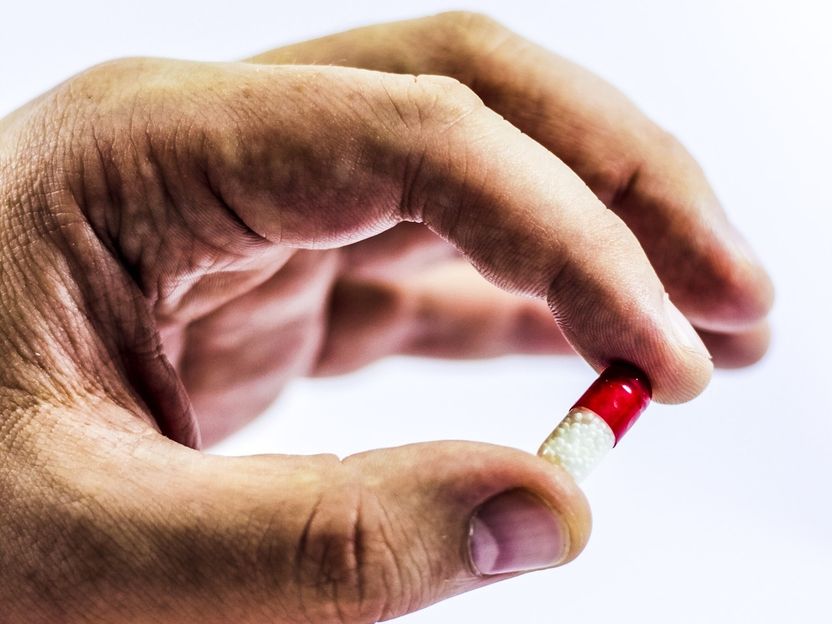Pharming announces topline study results on prophylactic use of Ruconest in Hereditary Angioedema
Pharming Group NV announced the results of its exploratory Phase II study on the safety and prophylactic effect of recombinant human C1 inhibitor ("rhC1INH") in patients with hereditary angioedema (HAE).
The study is an open-label exploratory phase II study of the safety and prophylactic effect of a weekly 50 U/kg rhC1INH treatment in asymptomatic patients with hereditary C1INH deficiency (the "OPERA study"). In the study, 25 asymptomatic HAE patients with a history of frequent attacks received once weekly administrations of 50 U/kg of Ruconest for 8 weeks. Patients reported a median of 60 HAE attacks (range 39 to 467) over the past two years, corresponding to an average of 0.6 attacks per week (range 0.4 to 4.5). The breakthrough attack rate observed during the study was much lower with a median of 2 attacks over the 8 week period, corresponding to an average of 0.25 attacks per week (range 0 to 1.5). Weekly administrations of 50 U/kg rhC1INH was generally safe and well tolerated.
Dr. Rienk Pijpstra, Chief Medical Officer of Pharming: "The results of this exploratory study suggest that Ruconest, in addition to the approved indication in Europe for the acute treatment of angioedema attacks, could also offer significant value for long term prophylaxis in patients with frequent attacks. We plan further pharmacological investigations to optimize Ruconest dose and dosing interval for this indication."
In October, the European Commission granted Pharming Marketing Authorization for its lead product Ruconest for the treatment of acute attacks of Hereditary Angioedema. Pharming's marketing and distribution partner Swedish Orphan Biovitrum is preparing this year's launch of Ruconest initially in Germany, the UK, Sweden, Finland and Denmark, followed by a rolling launch in each of the other European Area countries covered by the agreement.
Most read news
Organizations
Other news from the department research and development

Get the life science industry in your inbox
By submitting this form you agree that LUMITOS AG will send you the newsletter(s) selected above by email. Your data will not be passed on to third parties. Your data will be stored and processed in accordance with our data protection regulations. LUMITOS may contact you by email for the purpose of advertising or market and opinion surveys. You can revoke your consent at any time without giving reasons to LUMITOS AG, Ernst-Augustin-Str. 2, 12489 Berlin, Germany or by e-mail at revoke@lumitos.com with effect for the future. In addition, each email contains a link to unsubscribe from the corresponding newsletter.
Most read news
More news from our other portals
Last viewed contents
Picture_archiving_and_communication_system
Ablynx Successfully Generates Nanobodies Against an Ion Channel and Announces New GPCR Programme
Emotional_Freedom_Techniques
Santhera Announces Intent To File Marketing Authorization Application for Leber's Hereditary Optic Neuropathy
Janssen-Cilag International NV withdraws its application for an extension of the indication for Velcade (bortezomib)
Hip_fracture_treatment





















































